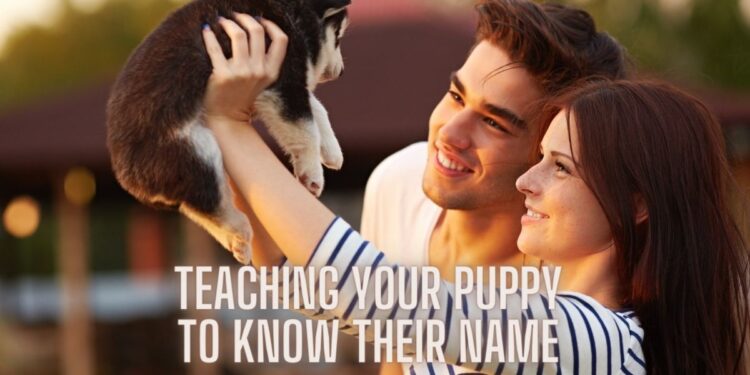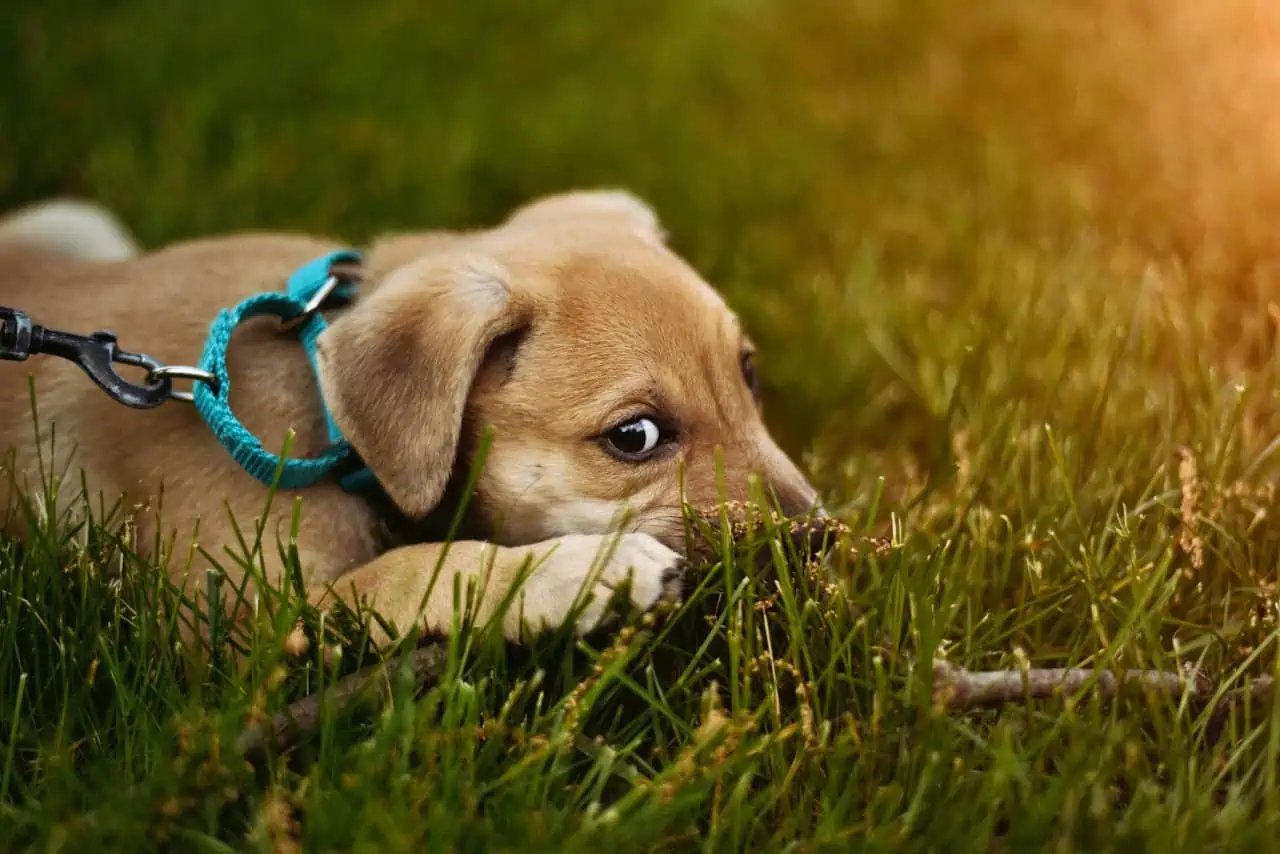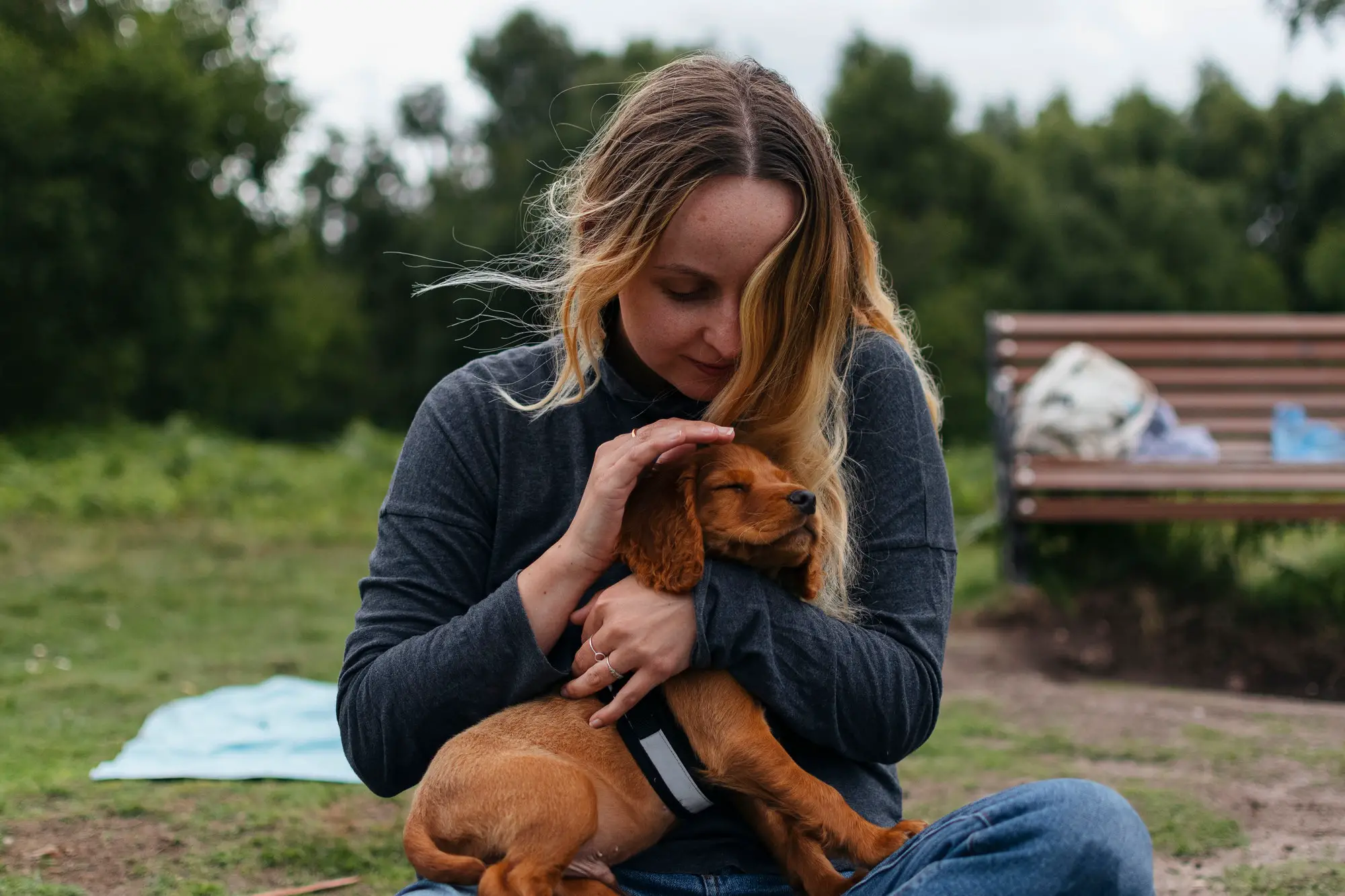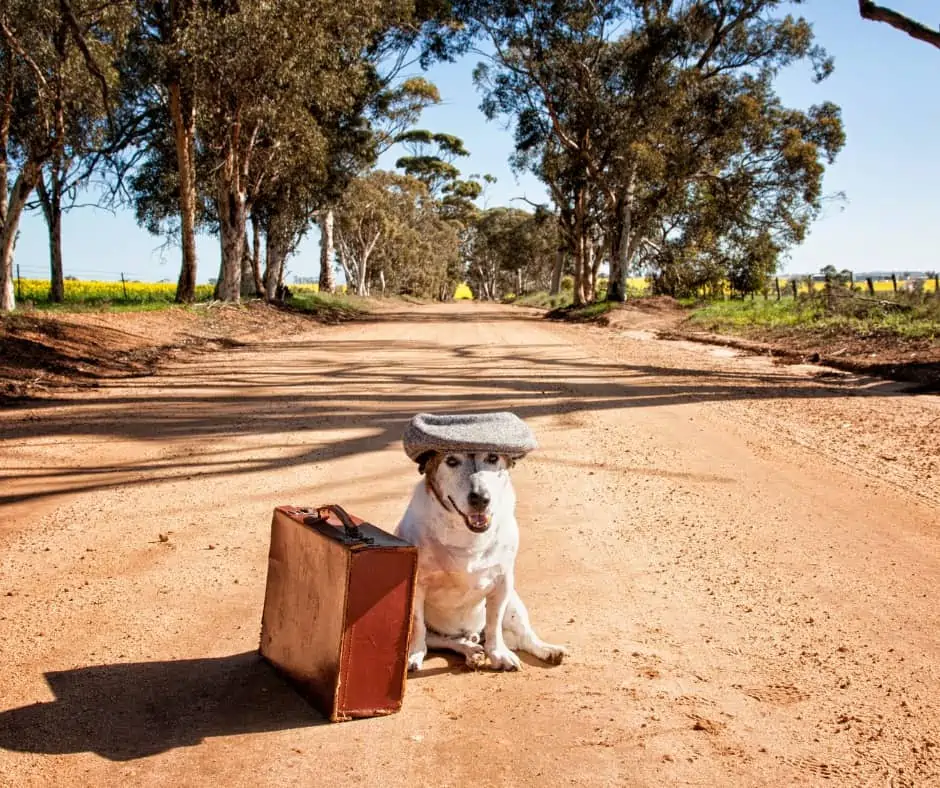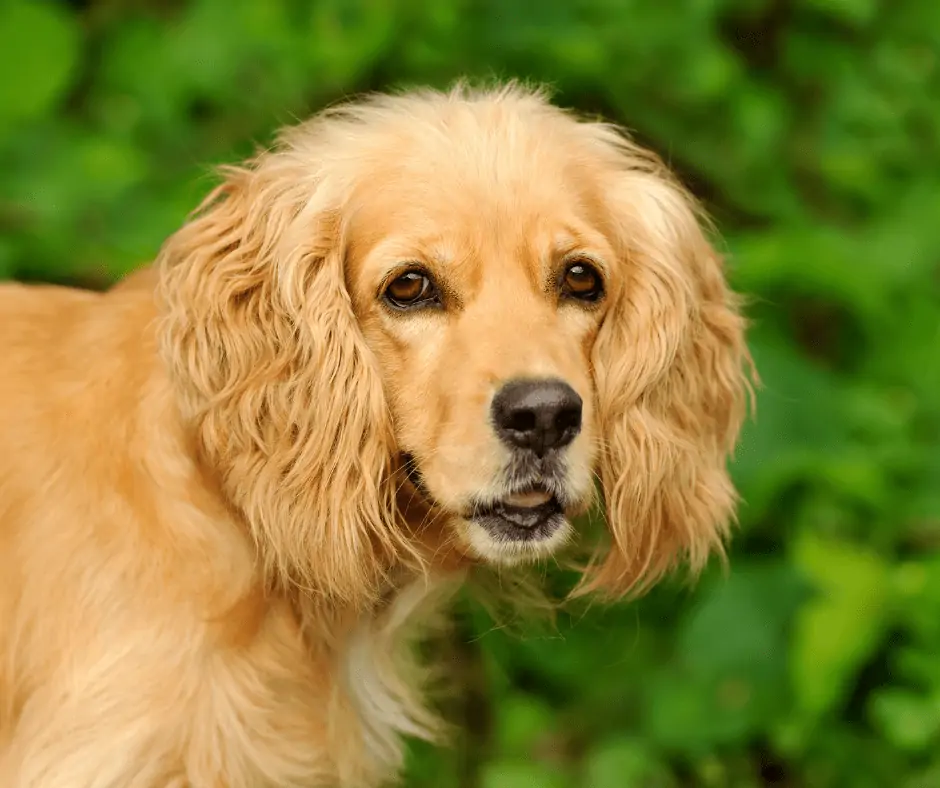A warm welcome to all our lovely readers. I hope you and your close ones are doing okay in these troubled times.
Recently we started going broad with our discussion on dogs, and we expect the topics are up to your liking. So, proceeding ahead, today, we will be shedding light on the best tips to teach a puppy to know their name.
No wonder the best method to teach a puppy to know their name is to habitualize them through positive reinforcement training methods. You will be required to repeat their name and give them treats every time they respond to you. This will allow the puppy or dog to slowly but gradually react to their names being called, even though you have no treats to offer.
But why is this whole ordeal so necessary? Let’s dig deeper into the question.
Table of Contents
Why do I need to teach my puppy its name?
Puppies and dogs are curious animals by nature. So while your woofer might be a cent percent adorable and polite being within the walls of your home, there might be situations where you would want them to notice or come back to you. For instance, when going on a walk, you might want your pup to stay out of the roads or not approach a seemingly-aggressive dog. So how do you make them notice you???
A name, right!!!
While making distinct sounds may work within the close confines of your home, catching a pup’s attention out in the roads or yard is much more difficult. Therefore, rather than having to make bizarre sounds in public, giving a name to your dog can come in handy. Even more, many states and countries mandate pet owners to have their puppies named and tagged appropriately or else suffer consequences.
So, how do I teach my puppy to know their name???
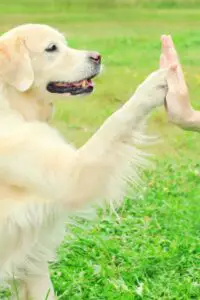
As previously mentioned, positive reinforcement training methods are the sure-cut way to having a puppy know and respond well to its name. Below we have arranged a detailed step-by-step guide to the process. So make sure to have a thorough read before opting to teach a puppy to know their name.
Step 1: Finding the right teaching environment
The first step to ensuring a successful name training is to start with a quiet, distraction-free environment. No surprise, puppies are playful. And hence training in places prone to disturbances is bound to have less likely results than previously intended.
The best place to start puppy name training is within your own home. Apart from the occasional doorbells or family members passing footsteps, homes are the optimal spots for training. You can start in your living room, kitchen or even hall room, away from other family members. Generally, early mornings and lunchtimes are the most silent, so you might consider using the time to your aid.
Step 2: Introduce the name with treats
Now it is essential to remember that dogs don’t understand human language. And hence, calling them ‘Bruno’, ‘Jack’, or ‘Luna’ and expecting them to react to you the first time is never going to work. You will need to train their minds to recognise the name by adding a happy tone. While dogs don’t understand human language, they can recognise feelings and act according to our body language. Thereby, adding an optimistic tone with their name allows their bodies to relax and hence focus on the tone.
Next, don’t forget to add your pup’s favourite treatos to make the process enjoyable. Start by calling out their name, and every time they look at you, let them munch on their rewards. You can also add a clicker so they can quickly apprehend the clicker’s noise with something good.
Step 3: Practice regularly
The secret to a loyal pooch that responds fast to their name being called is loads of practice. You can’t just expect to have them wholly trained to their name within a week or two. Although some pups may be fast to react to their name, the case isn’t as easy as it seems.
As a pet parent, you will have to work out with them, challenge their minds, put in new obstacles to make them capable of differentiating their name from other commands. See, a dog’s mind is super simple. They can only remember a few words or gestures, and hence if not practised, they will probably forget their name or the tone that comes with it.
Step 4: Play the Name Game
Once you have gone through the whole process, you can then up the stakes.
- Take your pup to a busy dog park or go to a room without your pup following you closely.
- Call their name when they aren’t looking at you or distracted and wait for their reaction.
- If they turn, click the clicker and reward them with a piece of chicken or a chewstick. If not, your pup needs more practice, so make sure to follow through with the steps mentioned above until they respond fast and without any fail.
In case your area has no dog park, or you stay in an apartment, you can also make it a ‘Distance name game.’ Take your pup’s name from a distance or away from their curious eyes. Add creative obstacles and have fun with your four-legged baby.
What should I never do when teaching my puppy to know their name?
You should never:
- Never train your pup their names off-leash. This will not only risk your pup’s and other passerby’s safety but is also a severe offence in many states.
- Never keep on repeating the name until you get a reaction. This will only make your dog think that their name is ‘JasperJasperJasper’ rather than a single ‘Jasper’. So, every time you need a reaction, you will have to repeat their name many times.
- Don’t shout or scream your dog’s name ever. This will only scare the pup, and hence they will run away from you every time their name is taken. So, if your puppy is not responding to their name as you would like, take them to a place with fewer distractions and repeat the training.
- Never and I mean NEVER punish your dog for not listening to their name. The process takes time and consistency, and thus if your puppy is not responding, repeat the steps patiently.
Do dogs know their names?
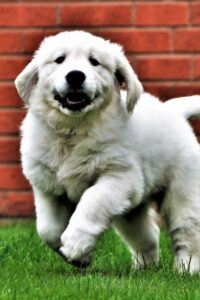
One of the most searched questions on the internet, pet parents have shown considerable interest in knowing the answer. However, sadly there is no concrete answer to this.
Dogs, over time, do manage to learn a few basic words, like ‘sit’, ‘stay’, ‘come’, etc. They also recognise the tone used to call them rather than remembering their particular name. So, if you call your pup ‘Tuna’ rather than ‘Luna’ in the same tone, your pup is still likely to look at you or come running to you. This is because, unlike us human beings, dogs have a less powerful cognitive thinking capacity. As a result, although they can associate your body language specifically, they can’t undermine subtle differences between verbal cues or human speech.
So, rhyming words often confuse their little minds, making them do the ‘silly but super-cute head-tilt thing’ they so love to do. Therefore, if you find your pup going ‘bing-bong’ with their head, try to speak up a bit slowly or clearly for them to catch up.
With this, we would like to end this discussion of ‘How to teach a puppy to know their name.’ If you think we are missing out on something, please do mention it in the comment section below.
Till then, stay safe. Don’t forget to use masks, maintain appropriate social distance and follow proper sanitisation protocols.
If you are a dog lover then, Subscribe to our weekly newsletters. No Spams!
